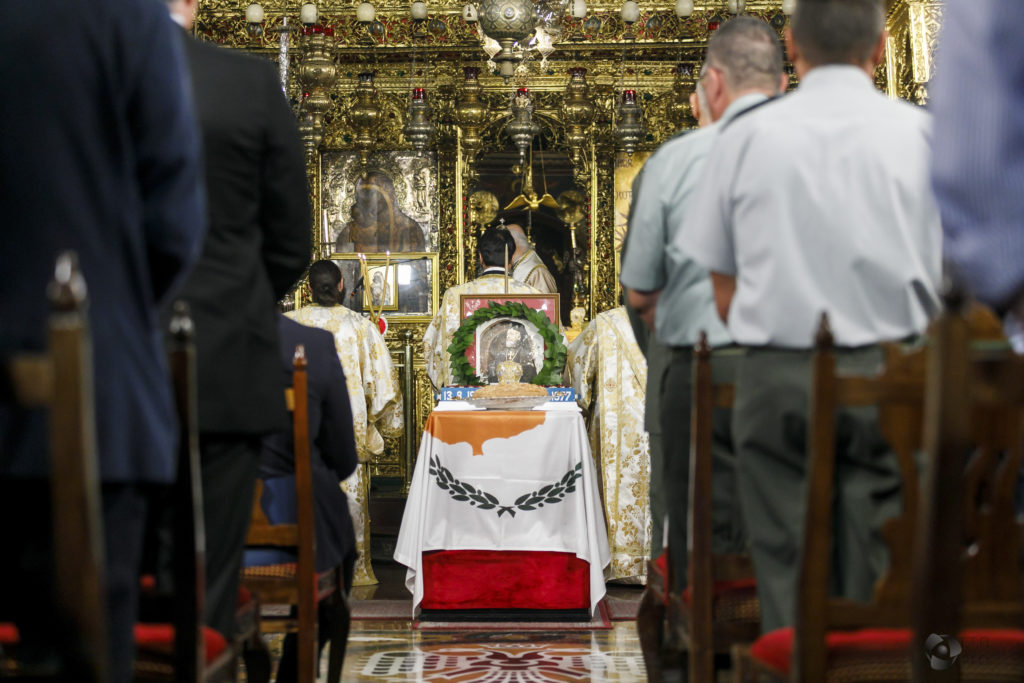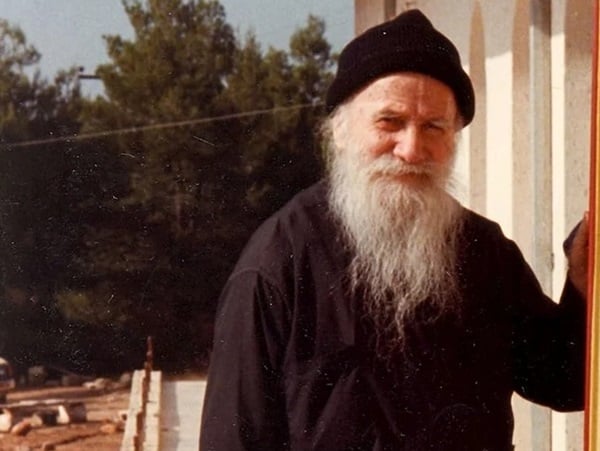El País | Sulina boasts the first church on Continental Europe seen by the rising sun
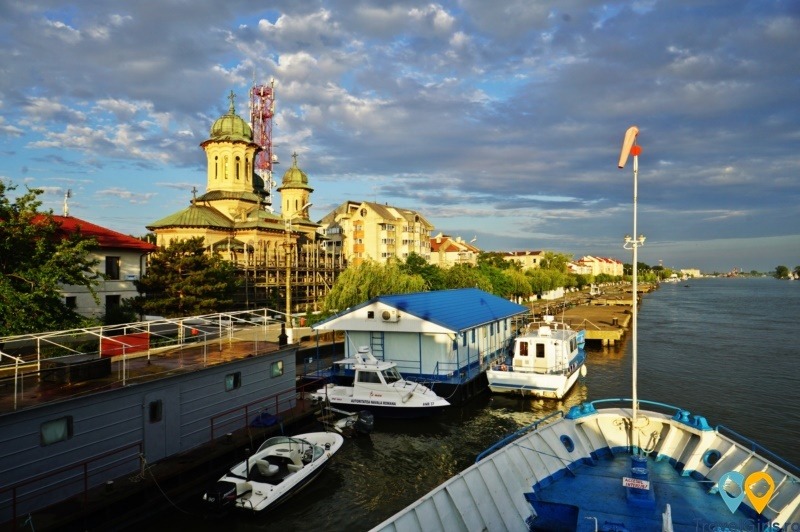
The Spanish daily El País has recently published a story about the Romanian port of Sulina, at the mouth of River Danube. The article names the city “The Kilometre Zero of a river which tells the story of Europe” and quotes the priest from the local Orthodox cathedral, the easternmost church in Romania.
The story is part of a series dedicated to key-places along a European route linking the Northern Sea and the Black Sea, which the reporter took 14 days to travel. The journey started in the Belgian port of Ostend and ended in Sulina, which keeps the old lustre of a cosmopolitan city, former residence of the European Commission of the Danube (1856-1948).
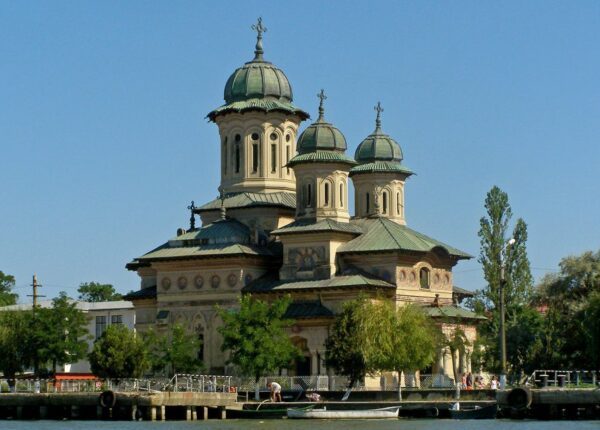
Here, at the terminus point of their journey, the journalists discovered the place and its people.
Parish priest Marian Măcăilă-Ivanov presented them the “St Nicholas and St Alexander” Orthodox Cathedral, founded by Romanian Kings Carol I and Carol II, saying it is „the first church on Continental Europe seen by the [rising] sun”.
Bukovina-born Veronica Niga told them in Spanish how she returned to Romania forever, leaving her children and nephew in Barcelona, where they live and work.
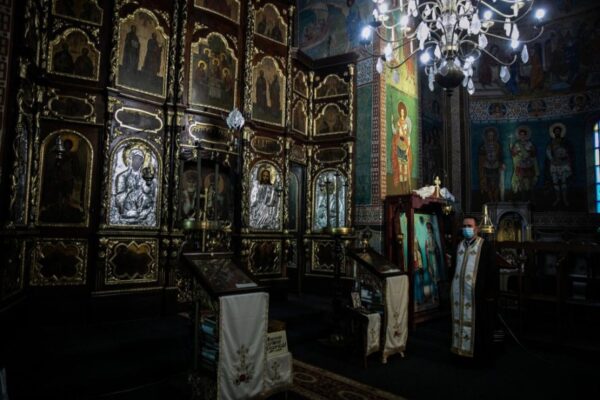
The article names Sulina a former Far East of Europe and evokes “an institution which preceded the European Union by a century”: the European Commission of the Danube, created to respond to the economic interests of the European states at a time of unsteady balance of power on the continent when the Crimean War between the Russian and the Ottoman empires had just ended.
The commission had the role “to pacify the region and ensure that the mouth of River Danube is navigable based on widely-accepted regulations, to build costly infrastructure, ensure the rule of law and a common administration which involved people of all nations”. Ten countries had once a consulate at Sulina.
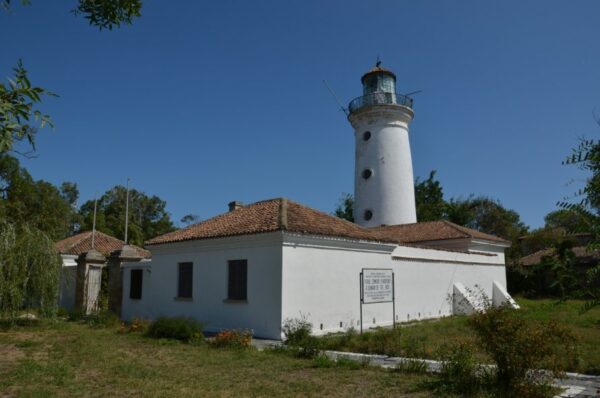
Sulina is compared by the reporter with a port from Gabriel García Márquez’s and Graham Greene’s novels. They also quote Romanian writer Jean Bart who, in his novel Europolis, presents the city as a “mosaic of races: all nations, all types, all languages”. The novel names the European Commission of the Danube “a miniature state” and Sulina “a miniature Europe”.
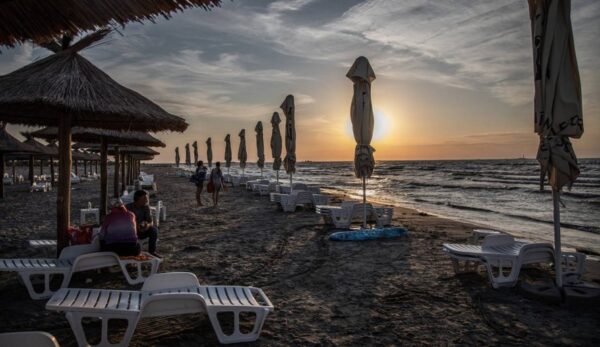
Iulian Vizauer, Head of the Tulcea County Directorate for Culture, said once in a press release that the institution which functioned in the 19th century at Sulina was a sort of “European Union” at the margins of Europe.

This multicultural specificity is reflected in the eclectic architecture of Sulina, a “harmonious and colourful mixture of Mediterranean atmosphere dotted by elements of Northern austerity”, the Romanian official was explaining.

Sulina has four lighthouses: the Old Lighthouse, or the Observatory Lighthouse (1841), which hosts the Museum of the European Commission of the Danube and Jean Bart’s memorial work cabinet; the Old Lighthouse on the northern pier (1887), built by the European Commission of the Danube; the Lighthouse on the southern pier (1922) and the New lighthouse (1983).
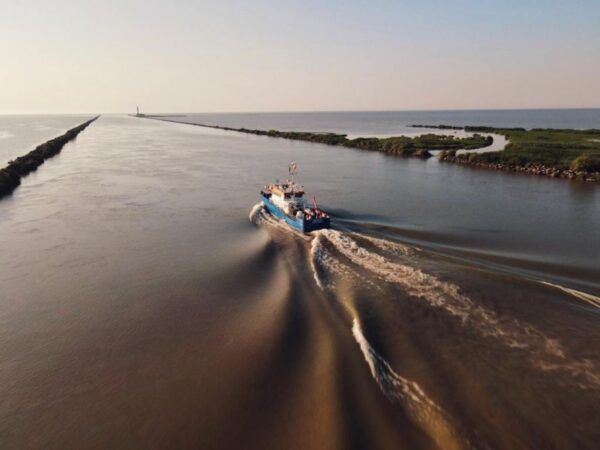
Photo courtesy of TravelGirls.ro (article opening)
basilica.ro
H αναδημοσίευση του παραπάνω άρθρου ή μέρους του επιτρέπεται μόνο αν αναφέρεται ως πηγή το ORTHODOXIANEWSAGENCY.GR με ενεργό σύνδεσμο στην εν λόγω καταχώρηση.
Ακολούθησε το ORTHODOXIANEWSAGENCY.gr στο Google News και μάθε πρώτος όλες τις ειδήσεις.









